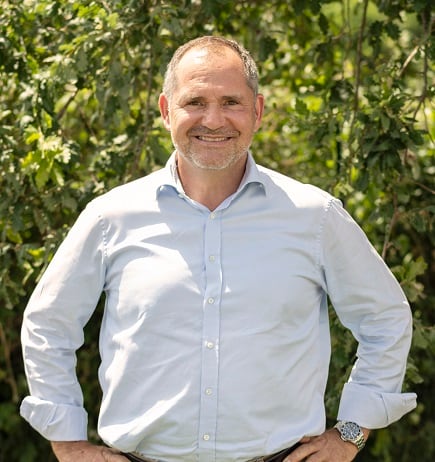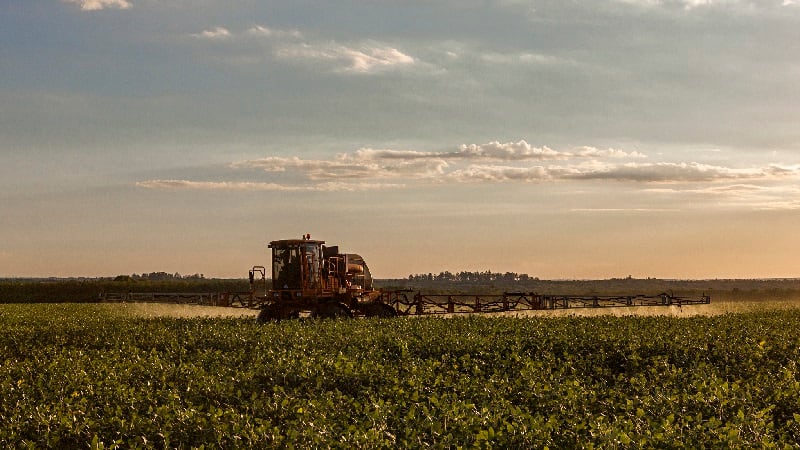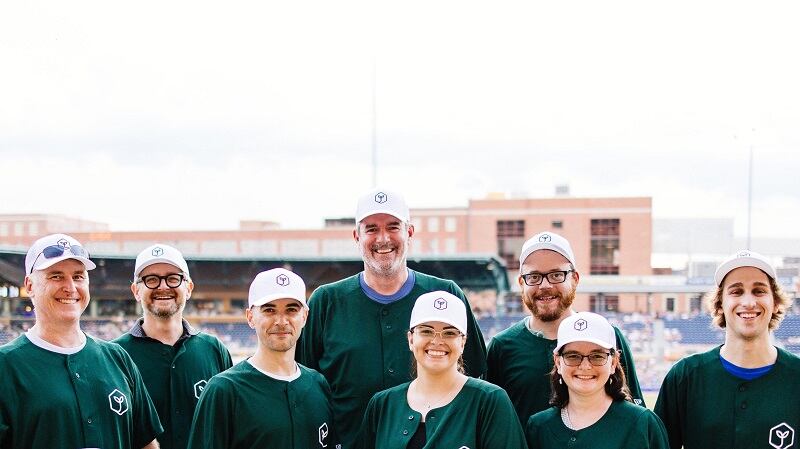Micropep’s growth strategy received a shot in the arm this month as agtech veteran Georg Goeres joined the company as its CEO on July 1, during a crucial moment in the organization’s scale-up plan.
Goeres joined Micropep after nearly 20 years working in the ag space, first building out agtech company Indigo’s European operations and leading its global biologicals division. Before Indigo, Goeres worked for Syngenta in several capacities, which involved him at various points in his tenure identifying merger and acquisition opportunities, managing its gardening business and overseeing its seed care portfolio.
Goeres succeeds Micropep co-founder Thomas Laurent, who served in the CEO role for over nine years and helped build the company’s AI-powered Krisalix platform for micropeptide discovery. Krisalix is built on a proprietary micropeptide design algorithm and a biosassay that can predict the efficacy, production feasibility and stability of peptides for use in crop protection.
“Through our platform, we can reduce the period it takes to identify lead candidates to months rather than years. So, that is really something, which helps accelerate pipeline generation,” Goeres told AgTechNavigator.
Micropep’s commercialization strategy: Partnerships, products
Micropep plans to scale its business through two key methods — releasing products and securing commercial partnerships, Goeres explained.
Micropep’s first product, a biofungicide targeting Asian soybean rust, is currently undergoing field trials, as the agtech company explores pathways to release the product pending regulatory approval. Soybean rust is a “significant” fungal disease impacting soybean, shrinking yields by 50% under favorable “conditions,” according to the University of Minnesota.
On the commercial partnership front, Micropep secured a multi-year research collaboration with seed and crop protection company Corteva last month, which previously invested in Micropep in 2024 through its Catalyst platform. Additionally, Micropep partnered with agricultural sciences company FMC to develop an ag biologicals that could address herbicide-resistant weeds.
“One could argue the company has started already some commercialization, which is being a partner to large R&D organizations in the ag space, ... to help them basically accelerate their R&D programs and work with them in the discovery of new mode of actions,” Goeres noted.
The fungicide and herbicide markets are going through “an evolution,” as crops become resistant to various crop protections, Goeres explained.
“You see that there is a growing resistance against conventional pesticides and products, which are in the market. ... New solutions are needed in order to help the farmers,” Goeres elaborated.




